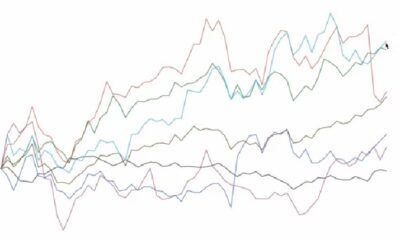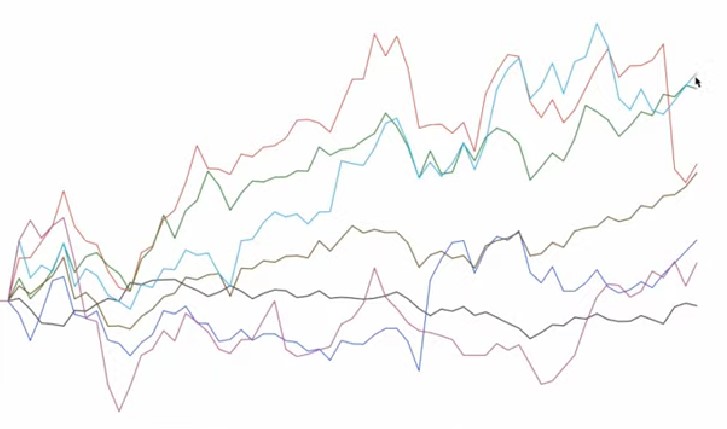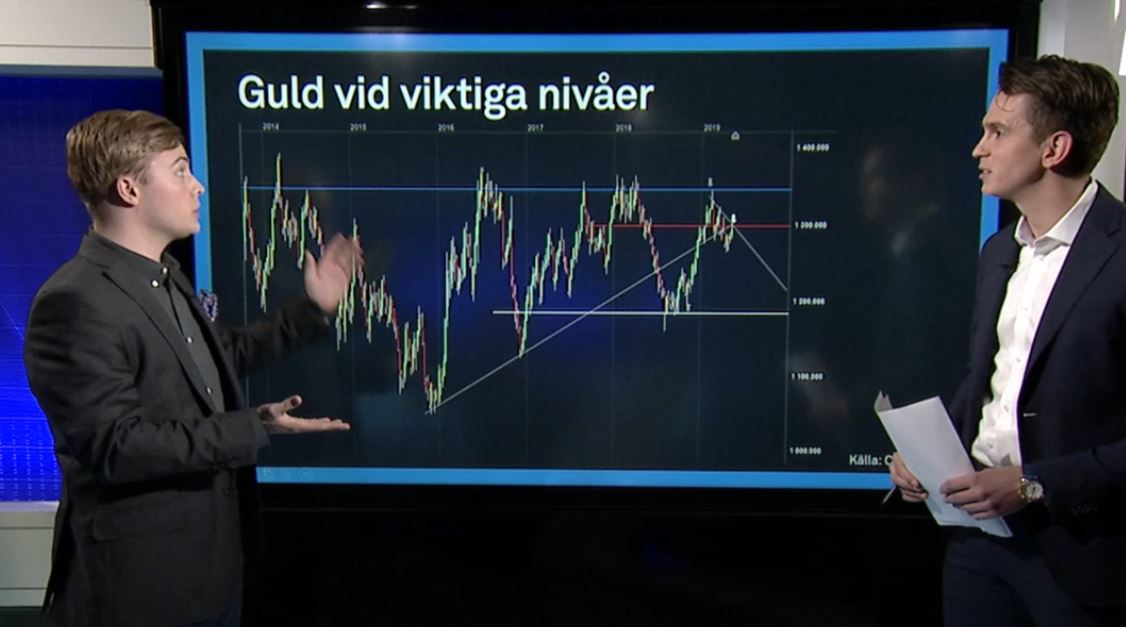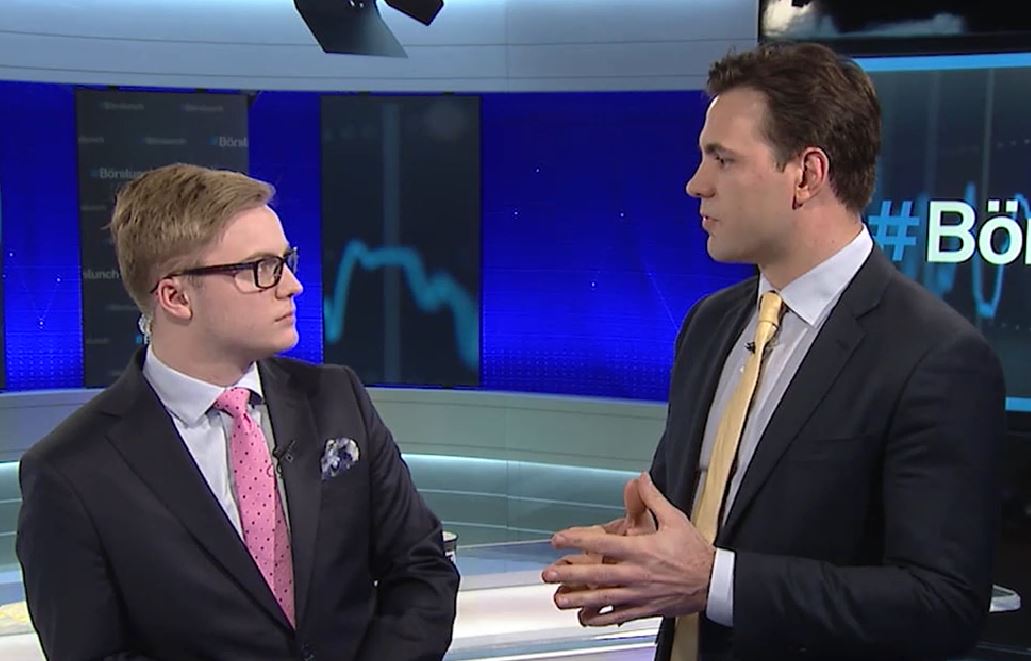Analys från DailyFX
USD/JPY Technical Analysis: A Classic Downtrend Faces a Major Test
To See How FXCM’s Live Clients Are Positioned In FX Equities Click Here Now
Talking Points:
- USD/JPY Technical Strategy: As Resistance Holds, Bears Get Confidence
- 200-WMA at 105.95 Feels Like The ‘Line In the Sand’ For Abenomics
- US Dollar Direction In Question Amidst A Very Volatile Month
The Great Technical Squeeze Is Upon Us
On June 05, 2015 all was right in the world of USD/JPY Bulls. We had a daily high of 125.85, and many thought 130s were just around the corner. Then a quiet summer became a scary summer when China devalued the Yuan to bring their currency into alignment with “market realities” and a deflationary shock was sent through global markets. The JPY seemed to take this even the hardest providing a price range of 919 pips over August, and continuing to fall through June.
Compete to Win Cash Prizes With Your FXCM Mini Account, Click Here For More Info
Over the last year, USD/JPY has fallen ~16%, and it’s easy to say the worst may not be over. While members of the Bank of Japan have warned that they’re keeping an eye on the exchange rate, we could be entering into a cyclical bull market much like we saw in 2008-2011.
One such evidence of a JPY Bull Market lies at 105.95 and the 200-Week Moving Average. The last time the price of USD/JPY broke below the 200-Week Moving Average was in 2008 at the ~113 level where the price would eventually fall to 75.55 for a ~33% drop.
While we are almost assured not to see a similar decline, it’s fair to say that a seismic shift could be underway in USD/JPY. Not only would we need to hold support, but we’d need to break above resistance, which hasn’t been possible lately. Therefore, it’s difficult to say with confidence that we’ll come out of this continual cycle of JPY strength.
Naturally, such a development would also further the evidence against the success of Abenomics, which appeared to use a weak JPY as a foundation to bring the export-dependent Japan back to its former economic glory.
USD/JPY Has Run Into LT Moving Average Support
The long-term chart that goes back to May 2013 shows three key macro technical developments. As mentioned above, the most significant is the 200-week moving average that currently sits at 105.95. Second to the 200-WMA is the ~105 zone which has been a long-term price pivot since 2013. The 105 handle has acted as a polarity point, and a break below this level could show a larger shift that continues to favor JPY bullishness. Last, but not least is the corrective price channel (red) that is drawn off the June 2015 high and August/November pivots.
The price of USD/JPY has traded within this channel successfully with only temporary, yet failed pushes toward resistance. Should homeostasis remain with JPY strength and gradual US Dollar weakness, we would expect to stay in this channel only further down. Current channel resistance aligns with the late April and late May highs of 111.87/43.
While Oscillating Since Late April, Support Is Expected To Be Tested Possibly Break
Key USD/JPY Technical Levels:
When considering the technical evidence above, it appears clear that the burden of proof lies on the Bulls of USD/JPY. There is currently a good deal more preference for the downside even though we’re coming into major support at the 105 zone.
For the Bulls to get bragging rights, the first level we’d like to see break is the Weekly Pivot at 108.14, which lies close the 38.2% retracement of the June range. A break above there would start to turn attention to the Weekly Pivot Resistance levels and ultimately the late April May highs of 111.87 and 111.43 respectively.
Until those levels breaks, time is likely better spent on understanding downside scenarios. June is not making this easy for us (or maybe making it very easy) given the significant event risk with FOMC the EU Referendum over the next two weeks. Should a risk-off event, at least in terms of heightened volatility, develop, it would not be unlikely to see 100 USDJPY. In fact, across the board, the Japanese Yen could see a week akin to late August that could be a death blow to remaining JPY bears.
However, USD/JPY SentimentShows Bulls Are Getting Confident
As of mid-day Friday, the ratio of long to short positions in the USDJPY stands at 2.94 as 75% of traders are long. Short positions are 4.9% lower than yesterday and 7.0% above levels seen last week. Open interest is 11.5% above its monthly average. We use our SSI as a contrarian indicator to price action, and the fact that the majority of traders are long gives a signal that the USDJPY may continue lower. The trading crowd has grown further net-long from yesterday but moderated since last week.
Shorter-Term USD/JPY Technical Levels
For those interested in shorter-term levels of focus than the ones above, these levels signal important potential pivot levels over the next 48-hours.
T.Y.
Analys från DailyFX
EURUSD Weekly Technical Analysis: New Month, More Weakness
What’s inside:
- EURUSD broke the ‘neckline’ of a bearish ‘head-and-shoulders’ pattern, April trend-line
- Resistance in vicinity of 11825/80 likely to keep a lid on further strength
- Targeting the low to mid-11600s with more selling
Confidence is essential to successful trading, see this new guide – ’Building Confidence in Trading’.
Coming into last week we pointed out the likelihood of finally seeing a resolution of the range EURUSD had been stuck in for the past few weeks, and one of the outcomes we made note of as a possibility was for the triggering of a ’head-and-shoulders’ pattern. Indeed, we saw a break of the ’neckline’ along with a drop below the April trend-line. This led to decent selling before a minor bounce took shape during the latter part of last week.
Looking ahead to next week the euro is set up for further losses as the path of least resistance has turned lower. Looking to a capper on any further strength there is resistance in the 11825-11880 area (old support becomes new resistance). As long as the euro stays below this area a downward bias will remain firmly intact.
Looking lower towards support eyes will be on the August low at 11662 and the 2016 high of 11616, of which the latter just happens to align almost precisely with the measured move target of the ‘head-and-shoulders’ pattern (determined by subtracting the height of the pattern from the neckline).
Bottom line: Shorts look set to have the upperhand as a fresh month gets underway as long as the euro remains capped by resistance. On weakness, we’ll be watching how the euro responds to a drop into support levels.
For a longer-term outlook on EURUSD, check out the just released Q4 Forecast.
EURUSD: Daily
—Written by Paul Robinson, Market Analyst
You can receive Paul’s analysis directly via email bysigning up here.
You can follow Paul on Twitter at@PaulRobinonFX.
Analys från DailyFX
Euro Bias Mixed Heading into October, Q4’17

Why and how do we use IG Client Sentiment in trading? See our guide and real-time data.
EURUSD: Retail trader data shows 37.3% of traders are net-long with the ratio of traders short to long at 1.68 to 1. In fact, traders have remained net-short since Apr 18 when EURUSD traded near 1.07831; price has moved 9.6% higher since then. The number of traders net-long is 15.4% lower than yesterday and 16.4% higher from last week, while the number of traders net-short is 0.4% higher than yesterday and 10.5% lower from last week.
We typically take a contrarian view to crowd sentiment, and the fact traders are net-short suggests EURUSD prices may continue to rise. Positioning is more net-short than yesterday but less net-short from last week. The combination of current sentiment and recent changes gives us a further mixed EURUSD trading bias.
— Written by Christopher Vecchio, CFA, Senior Currency Strategist
To contact Christopher Vecchio, e-mail cvecchio@dailyfx.com
Follow him on Twitter at @CVecchioFX
To be added to Christopher’s e-mail distribution list, please fill out this form
Analys från DailyFX
British Pound Reversal Potential Persists Heading into New Quarter

Why and how do we use IG Client Sentiment in trading? See our guide and real-time data.
GBPUSD: Retail trader data shows 38.2% of traders are net-long with the ratio of traders short to long at 1.62 to 1. In fact, traders have remained net-short since Sep 05 when GBPUSD traded near 1.29615; price has moved 3.4% higher since then. The number of traders net-long is 0.1% higher than yesterday and 13.4% higher from last week, while the number of traders net-short is 10.6% lower than yesterday and 18.3% lower from last week.
We typically take a contrarian view to crowd sentiment, and the fact traders are net-short suggests GBPUSD prices may continue to rise. Yet traders are less net-short than yesterday and compared with last week. Recent changes in sentiment warn that the current GBPUSD price trend may soon reverse lower despite the fact traders remain net-short.
— Written by Christopher Vecchio, CFA, Senior Currency Strategist
To contact Christopher Vecchio, e-mail cvecchio@dailyfx.com
Follow him on Twitter at @CVecchioFX
To be added to Christopher’s e-mail distribution list, please fill out this form
-
Analys från DailyFX8 år ago
EUR/USD Flirts with Monthly Close Under 30 Year Trendline
-

 Marknadsnyheter1 år ago
Marknadsnyheter1 år agoUpptäck de bästa verktygen för att analysera Bitcoin!
-
Marknadsnyheter4 år ago
BrainCool AB (publ): erhåller bidrag (grant) om 0,9 MSEK från Vinnova för bolagets projekt inom behandling av covid-19 patienter med hög feber
-
Analys från DailyFX11 år ago
Japanese Yen Breakout or Fakeout? ZAR/JPY May Provide the Answer
-
Analys från DailyFX11 år ago
Price & Time: Key Levels to Watch in the Aftermath of NFP
-
Analys från DailyFX7 år ago
Gold Prices Falter at Resistance: Is the Bullish Run Finished?
-

 Nyheter5 år ago
Nyheter5 år agoTeknisk analys med Martin Hallström och Nils Brobacke
-
Marknadsnyheter6 år ago
Tudorza reduces exacerbations and demonstrates cardiovascular safety in COPD patients












